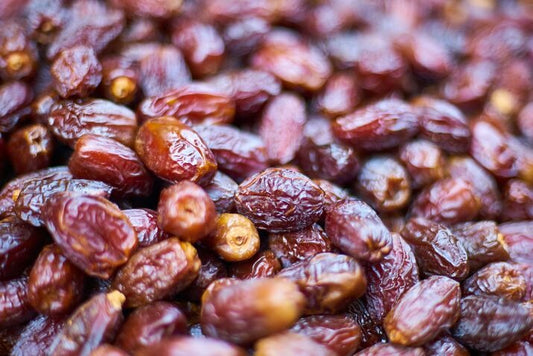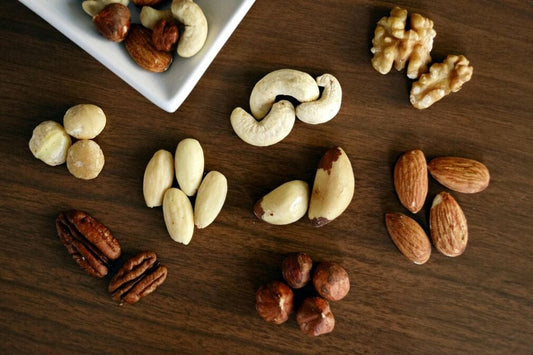Blog

Dates: The Sweet, Allergen-Free Superfood Revol...
A look at how dates have become a healthy eating superhero an dthe perfect vessel for clean plant-based protein.
Dates: The Sweet, Allergen-Free Superfood Revol...
A look at how dates have become a healthy eating superhero an dthe perfect vessel for clean plant-based protein.

Putting Out the Fire: Combatting Chronic Inflam...
Ensure a safe learning environment with these nut-free school snack ideas. Learn about nut allergies, challenges in schools, and how to create a nut-safe space for all students.
Putting Out the Fire: Combatting Chronic Inflam...
Ensure a safe learning environment with these nut-free school snack ideas. Learn about nut allergies, challenges in schools, and how to create a nut-safe space for all students.

Fuel Your Best: Conscious, Healthy Snacking for...
Ensure a safe learning environment with these nut-free school snack ideas. Learn about nut allergies, challenges in schools, and how to create a nut-safe space for all students.
Fuel Your Best: Conscious, Healthy Snacking for...
Ensure a safe learning environment with these nut-free school snack ideas. Learn about nut allergies, challenges in schools, and how to create a nut-safe space for all students.

Your Comprehensive Protein 101 Guide (Ahead of ...
Ensure a safe learning environment with these nut-free school snack ideas. Learn about nut allergies, challenges in schools, and how to create a nut-safe space for all students.
Your Comprehensive Protein 101 Guide (Ahead of ...
Ensure a safe learning environment with these nut-free school snack ideas. Learn about nut allergies, challenges in schools, and how to create a nut-safe space for all students.

Build Muscle & Recover Faster: The Power of Veg...
Ensure a safe learning environment with these nut-free school snack ideas. Learn about nut allergies, challenges in schools, and how to create a nut-safe space for all students.
Build Muscle & Recover Faster: The Power of Veg...
Ensure a safe learning environment with these nut-free school snack ideas. Learn about nut allergies, challenges in schools, and how to create a nut-safe space for all students.

Are UPFs Secretly Sabotaging Your Health? The C...
Ensure a safe learning environment with these nut-free school snack ideas. Learn about nut allergies, challenges in schools, and how to create a nut-safe space for all students.
Are UPFs Secretly Sabotaging Your Health? The C...
Ensure a safe learning environment with these nut-free school snack ideas. Learn about nut allergies, challenges in schools, and how to create a nut-safe space for all students.

Nut-Free School Snacks: Creating a Safe and Inc...
Ensure a safe learning environment with these nut-free school snack ideas. Learn about nut allergies, challenges in schools, and how to create a nut-safe space for all students.
Nut-Free School Snacks: Creating a Safe and Inc...
Ensure a safe learning environment with these nut-free school snack ideas. Learn about nut allergies, challenges in schools, and how to create a nut-safe space for all students.






